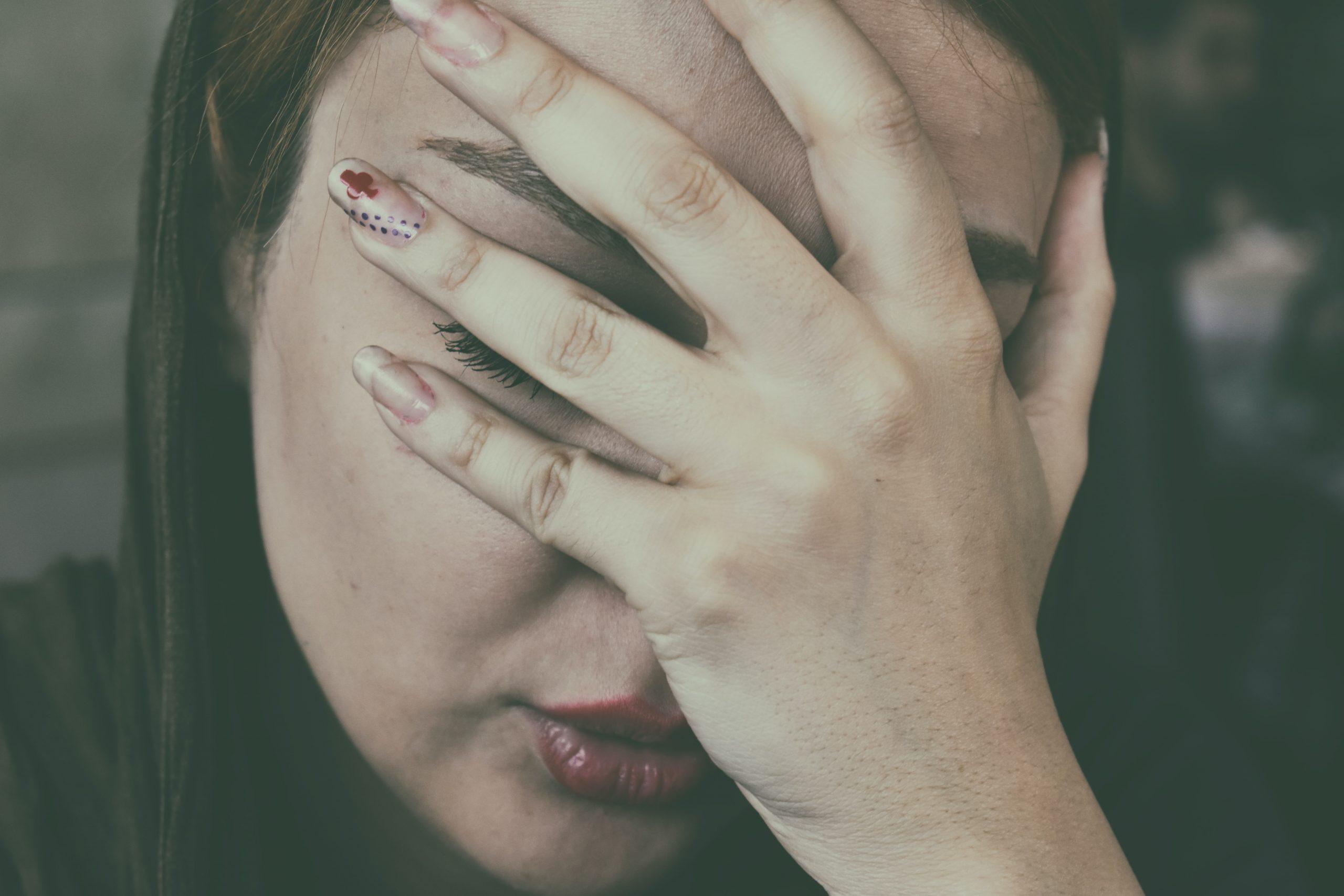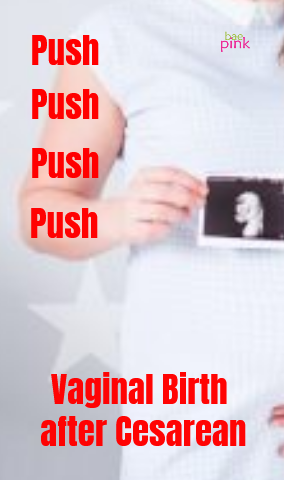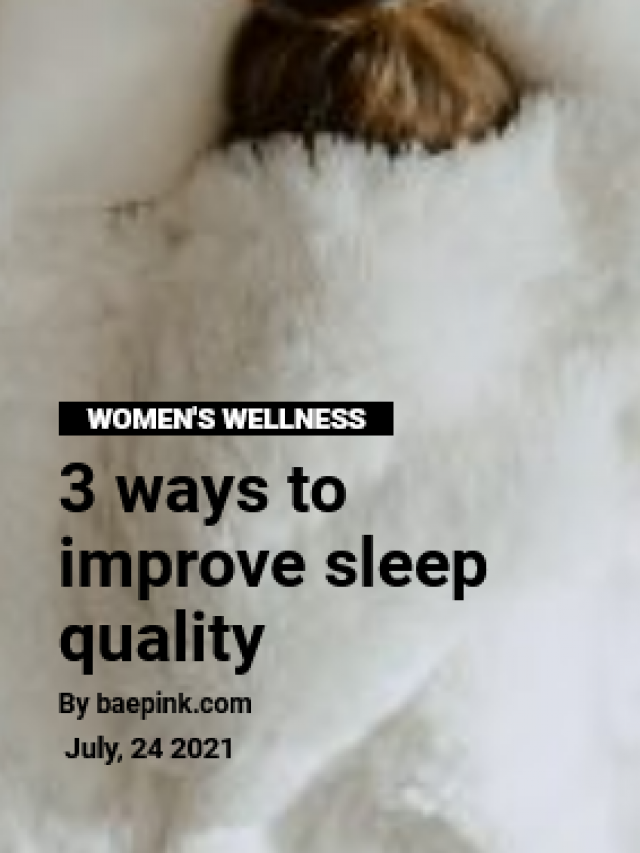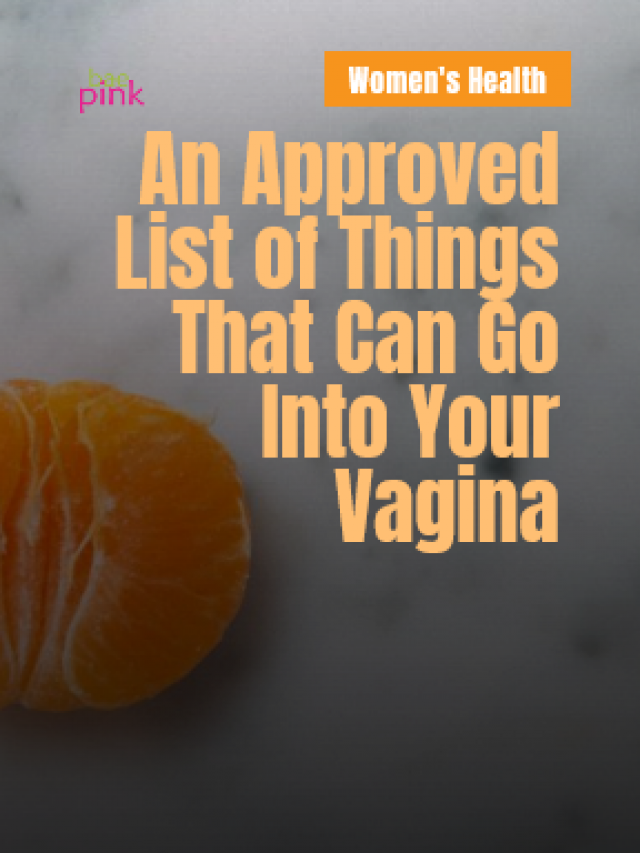Premenstrual disorder (PMD) is one thing that every woman would wish to eliminate. We’ve some tips and tricks to ease the symptoms of PMD.
A woman is known to be a complex being. All thanks to the hormonal cycles that she has to go through all the time. A woman’s menstrual cycle is a complex process and the most significant evidence that the reproductive system is functioning normally.
The monthly menstrual cycle, which normally lasts about 28 days, is divided into two phases:
- follicular (days 1–14), which begins on the first day of bleeding to ovulation, and
- luteal (days 15–28), which starts after ovulation and lasts until the beginning of the next menstrual period.
The menstrual cycle in women is described with great variability in cycle length (26–35 days), 5-day menses, a fertile period from 5 days before to the day of ovulation.
What the woman goes through?
Well, a lot. There is a gamut of symptoms that usually occur in the later phase of the menstrual cycle and are generally referred to as premenstrual disorders (PMD), including premenstrual syndrome (PMS) and premenstrual dysphoric disorder (PMDD). The definition, diagnosis and management of PMDs have always been challenging.

Younger women encounter lower abdominal pain, depression, diarrhoea, skin problems, joint pain, and pain in the lumbar region of the spine more frequently. Water retention is also more prevalent in women who had their first menstrual cycle at a younger age and in women with a higher BMI.
Women who had their first menstrual cycle (menarche) at a younger age encounter
- Water retention
- Longer duration of symptoms (the start of bleeding and the total duration)
PMD
About 150 symptoms of PMD have been reported, 😱 What 150 symptoms!!! The most commonly described affective symptoms include
- depressed mood (depression),
- feelings of loneliness,
- sadness,
- tendency to cry,
- unhappiness,
- outbursts of anger,
- irritability,
- emotional lability,
- anxiety,
- difficulty concentrating,
- confusion,
- forgetfulness,
- anxiety,
- sleep disturbance,
- fatigue,
- social withdrawal including from partner and family,
- pain (abdominal, head, back, muscle, and joint pain),
- breast tenderness,
- flatulence,
- nausea,
- limb swelling,
- weight gain,
- constipation or diarrhoea,
- changes in appetite,
- general lack of energy,
- excessive sleepiness or insomnia,
- increased heart rate, and
- skin problems.
There are premenstrual symptoms (PMS) and if that was not enough there is the severe form of PMS known as PMDD and last but not least the menstrual symptoms (during the menses known as peri-menstrual symptoms PERI-MS). Phew! 😅
The incidence of PMS symptoms in women is 80–90%, while 3–8% of women suffer from PMDD and the prevalence of severe PERI-MS is generally quite low (i.e. 0.6±3.2%).
PMS
PMS is a clinical condition that includes physical and emotional symptoms unrelated to any organic disease, appearing within five-to-seven days preceding menstruation in any of the three previous menstrual cycles and disappearing within two-to-four days after the start of bleeding.
The American College of Obstetricians and Gynaecologists (ACOG), 2000
The symptoms that occur few days before the starting menses are known as premenstrual syndrome (PMS) or a much more severe and more serious variant of PMS, i.e., premenstrual dysphoric disorder (PMDD). The known symptoms related to PMS are
- physical discomfort,
- dysphoric mood,
- low energy,
- increased activity,
- increased appetite and
- consumption of liquids.
Recently, the International Society for Premenstrual Disorders published a classification consensus that is outlined as shown below:
| Premenstrual disorder category | Characteristics |
|---|---|
| Core premenstrual disorder (PMD) | Symptoms occur in ovulatory cycles |
| Symptoms are not specified—they may be physical and/or psychological | |
| Symptoms are absent after menstruation and before ovulation | |
| Symptoms recur in the later menstrual phase | |
| Symptoms must be prospectively rated (two cycles minimum) | |
| Symptoms must cause significant impairment (work, school, social activities, hobbies, interpersonal relationships, distress) | |
| Variants PMDs | |
| Premenstrual exacerbation | Symptoms of an underlying emotional, physical or medical disorder significantly worsen premenstrually |
| PMD due to non-ovulatory ovarian activity (rare) | Symptoms result from ovarian activity other than those of ovulation |
| Progestogen-induced PMD | Symptoms result from external progestogen application |
| PMD with absent menstruation | Symptoms arise from a continued ovarian activity even though menstruation has been suppressed |
Ovulation clearly holds the genesis of major premenstrual disorder with symptoms arising during the later phase of menstruation and resolving by the end of menstruation with a symptom-free interval in the earlier phase of menstruation.
Mild premenstrual symptoms that have an insignificant influence on the woman’s quality of life do not need treatment.
PMDD
PMDD is defined as occurring when a woman experiences at least five distinct psychological premenstrual symptoms, such as depression, anxiety, sadness, or emotional lability.
Diagnostic and Statistical Manual of Mental Disorders, American Psychiatric Association, 2013
PMDD enhances stress sensitivity, before menstruation, women feel elevated levels of sensitivity to environmental stress. At least 5 of the following 11 symptoms (including at least 1 of the first 4 listed) should be present to be diagnosed as PMDD:
- Markedly depressed mood, feelings of hopelessness, or self-deprecating thoughts
- Marked anxiety, tension, feelings of being “keyed up” or “on edge”
- Marked affective lability
- Persistent and marked anger or irritability or increased interpersonal conflicts
- Decreased interest in usual activities (eg, work, school, friends, and hobbies)
- Subjective sense of difficulty in concentrating
- Lethargy, easy fatigability, or marked lack of energy
- Marked change in appetite, overeating, or specific food cravings
- Hypersomnia or insomnia
- A subjective sense of being overwhelmed or out of control
- Other physical symptoms, such as breast tenderness or swelling, headaches, joint or muscle pain, a sensation of bloating, or weight gain.
OR
Symptoms severe enough to interfere significantly with social, occupational, sexual, or scholastic functioning.
OR
symptoms discretely related to the menstrual cycle and must not merely represent an exacerbation of the symptoms of another disorder, such as major depressive disorder, panic disorder, dysthymic disorder, or a personality disorder (although the symptoms may be superimposed on those of these disorders).
OR
All above criteria are confirmed by prospective daily ratings during at least 2 consecutive symptomatic menstrual cycles. The diagnosis may be made provisionally before this confirmation.
PERI-MS
The most constant exhibitions of symptoms during the menstrual phase are irritable and depressed mood (prevalence rates of 26.5% and 16.6%, respectively). Some of the other symptoms are
- nervousness,
- euphoria,
- anxiety,
- tense and
- overactive.
Can PMS be totally eliminated?
Undoubtedly, a woman’s lifestyle and the daily conditions, the level of stress, mental state, physical activity, diet, and habits that are damaging to health have a powerful impact on the occurrence of PMD symptoms.
Studies have confirmed that women with PMS have consistent emotional distress and an amplified reactivity to stress, irrespective of the menstrual cycle. PMS has been shown to be more common in women who smoke than non-smokers. A study conducted in India found that even consumption of alcohol has a significant impact on PMD symptoms.
Many of the world’s leading societies suggest physical activity as a first-line treatment in relieving PMD symptoms. This advice is given by
- The National Institute for Health and Care Excellence (NICE),
- The Royal College of Obstetricians and Gynaecologists (RCOG),
- The American College of Sports Medicine (ACSM), and
- The International Society for Premenstrual Disorders (ISPMD)
Alternatives for the management of premenstrual disorders come under two broad categories,
(a) those influencing central nervous activity (Psychotropic medication, such as selective serotonin reuptake inhibitors, probably acts by dampening the influence of sex steroids on the brain.) and
(b) those that suppress ovulation (Oral contraceptives, gonadotropin-releasing hormone agonists, danazol and estradiol all most likely function by ovulation suppression).
Alternative approach to minimize the PMS
Although the American College of Obstetricians and Gynecologists (ACOG) has advised that regular aerobic exercise may help relieve PMS, there are not enough pieces of evidence for the same. Exercise has been reported to improve premenstrual dysphoria, fatigue and bloating.
In addition, aerobic exercise and yoga are useful in managing PMS; however, yoga is found to be more useful in easing the symptoms of PMS than aerobic exercise.
Studies conducted with smaller sample sizes have suggested the efficacy of sleep deprivation and light therapy in controlling the PMS.

Physical activity like tango dancing is helpful. It reduces the duration of PMD symptoms, but it does not totally eliminate them. Running does not have an as notable and advantageous influence as dancing on the possible relief of PMD symptoms.
Conclusion
As the reason behind the PMD differs from person to person, so will the treatment to control those symptoms will differ. Study your symptoms properly and list down all the symptoms with their severity before consulting the doctor.





















